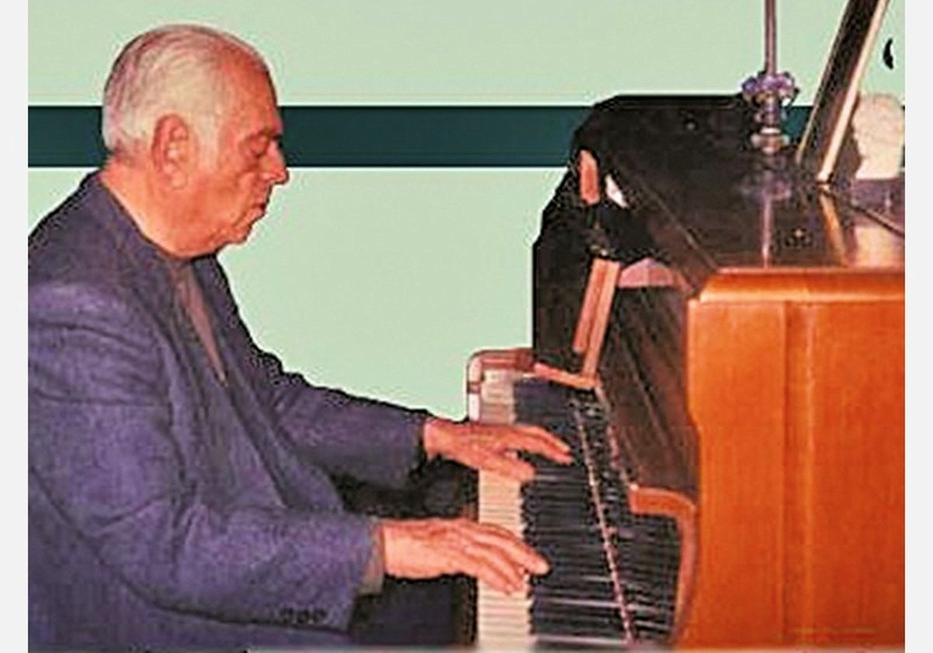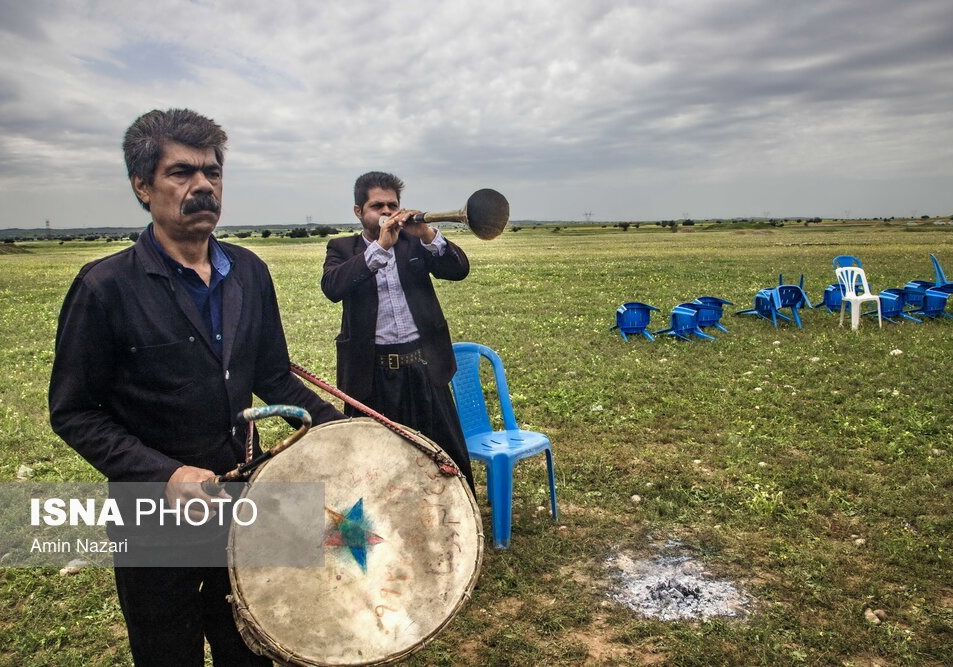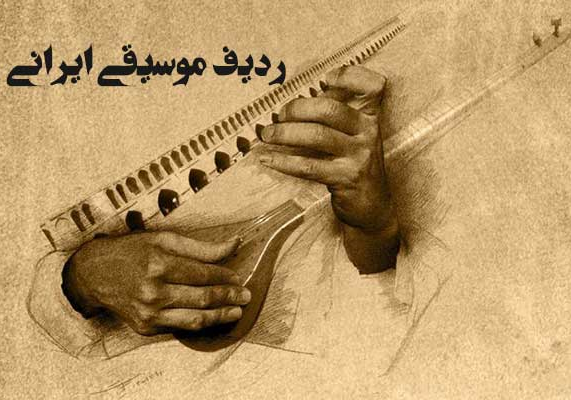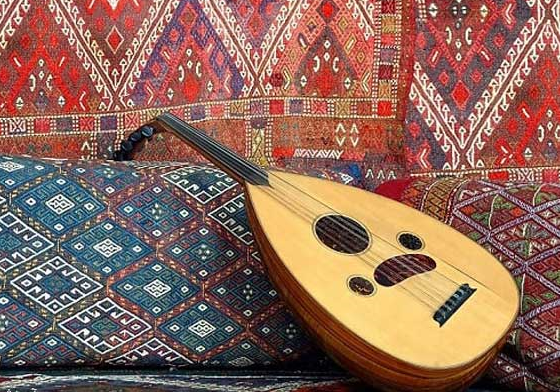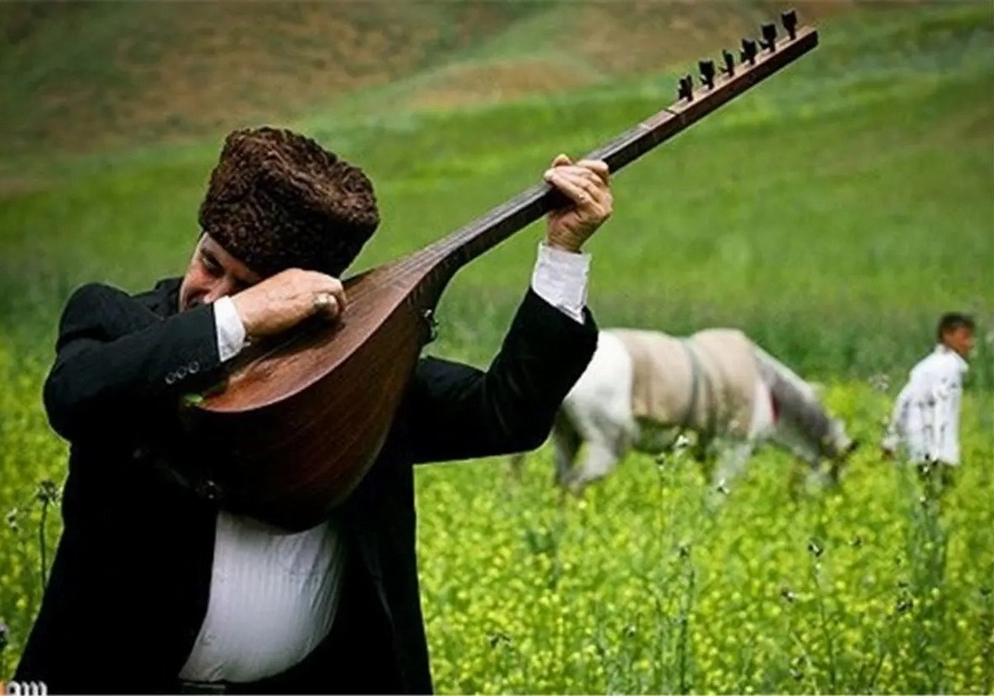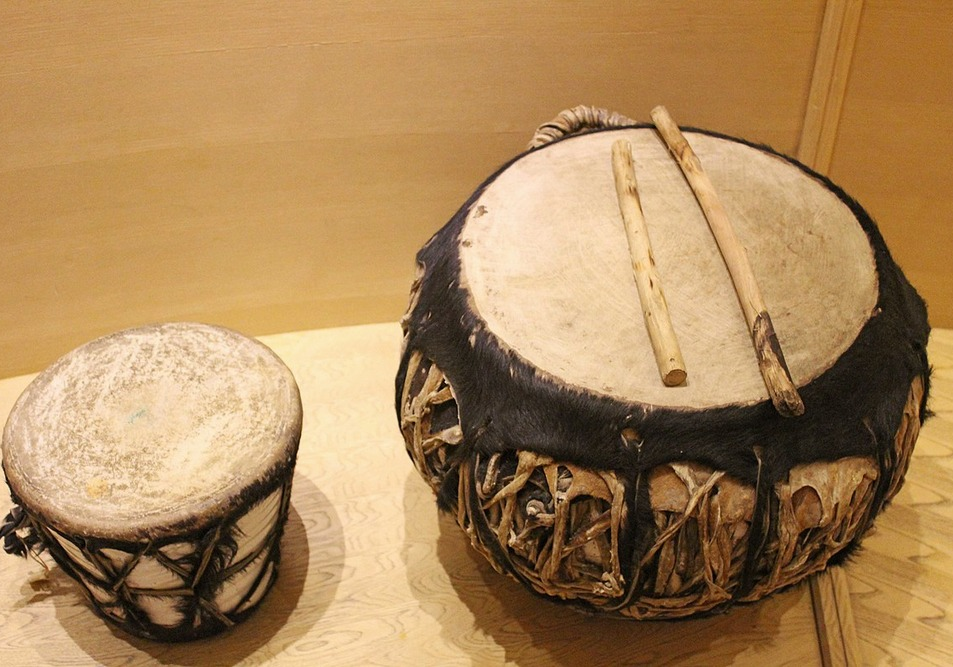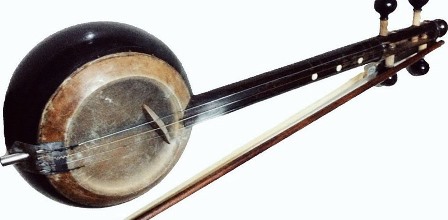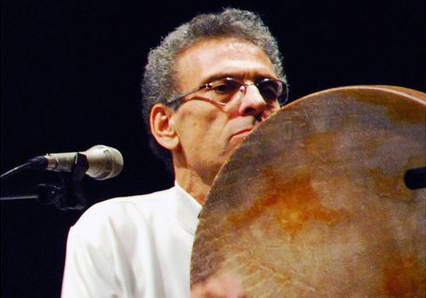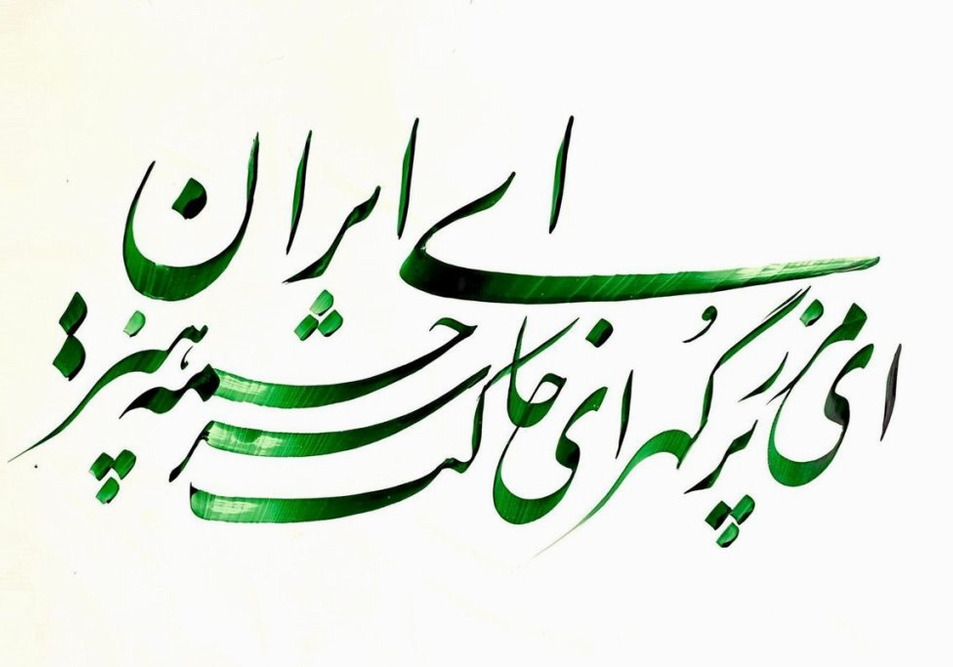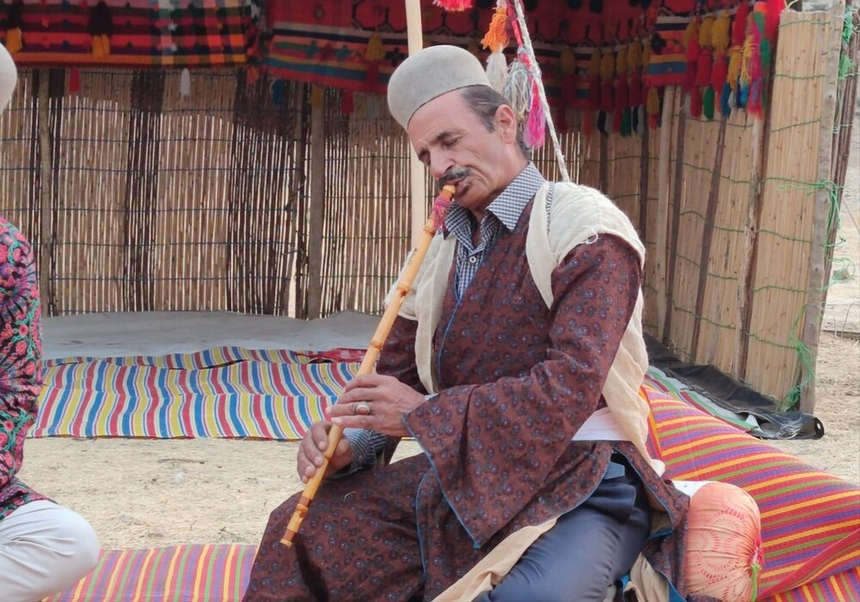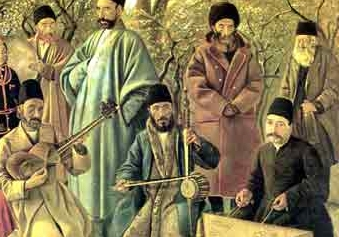
Balaban
Balaban
The Azari culture is a rich part of Iranian culture that has many affinities with the cultures of the Republic of Azerbaijan and Türkiye. This kinship is, more than anything else, manifested in Azari music, such that the common musical instruments and melodies have resulted in extensive improvements in this field. Among the common instruments of Azari music are tar and Balaban. Azari tar came into being with some changes in the Iranian tar, and it is used in most individual or group performances of Azari music. The Iranian tar has six strings, but the Azari one, although smaller in size and somewhat different in the shape of its main body, has 11 strings. These features allow the musician to bring the instrument close to his chest while playing and create vibrations in the sound by shaking it.
In the Azari culture, Balaban means a wind instrument that is not too big. This instrument is one of the most important wind instruments of Azari music, which occupies an important part of Azari music performances and, in addition to the northeastern regions, it has many fans in Zanjan and Kurdistan. In Kurdish culture, it is also called “Balehvan”.
History of Balaban
Evidence shows that Balaban has been used since the first Islamic century (7th century AD). Abdul Qadir Maraghei, a skillful Iranian poet, musician, and artist who lived in the 14th and 15th centuries AD, had mentioned this instrument with the names “Nai Balban” and “Naicheh Balban”. Balaban’s sound has been described as “soft and melancholic’ in Maraghei’s writings.
Features of Balaban
The length and diameter of this wind instrument are 35 cm and 10 mm respectively. There are seven or eight holes on the body of this instrument, for fingers and one hole for thumb. The musician blows into the instrument and by increasing and decreasing the intensity of the blowing and controlling the entry and exit of the wind with his fingers placed on the holes of Balaban, he produces the tunes he wants. The cap of this instrument is made of two pieces and its length is about 1.5 cm. This two-piece cap, which is usually made of willow or grape wood, allows the musician to play by inhaling or exhaling.
This instrument is made of strong wood of such trees as walnut, apricot, hazelnut, pear, boxwood, and black mulberry. The upper end of Balaban is round and its end is pointed.
In the Republic of Azerbaijan, Balaban is one of the most common instruments, and except for the Balaban, which is usually 35-40 cm long, a smaller type is also used, which is mostly used in group performances and only produces one or two fixed notes. About a century ago, when playing Western-style military music had been adopted in Iran and a group consisting of players of small and big drums, trumpets, and a type of reed called fifer was formed, the reed players were called “Balabanchi”. The same proves that Balaban was known in Iran and playing it was so extensive that the use of some other types of wind instruments was also attributed to it.
| Name | Balaban |
| Country | Iran |
| Type | Windy |
| Works | folk music |

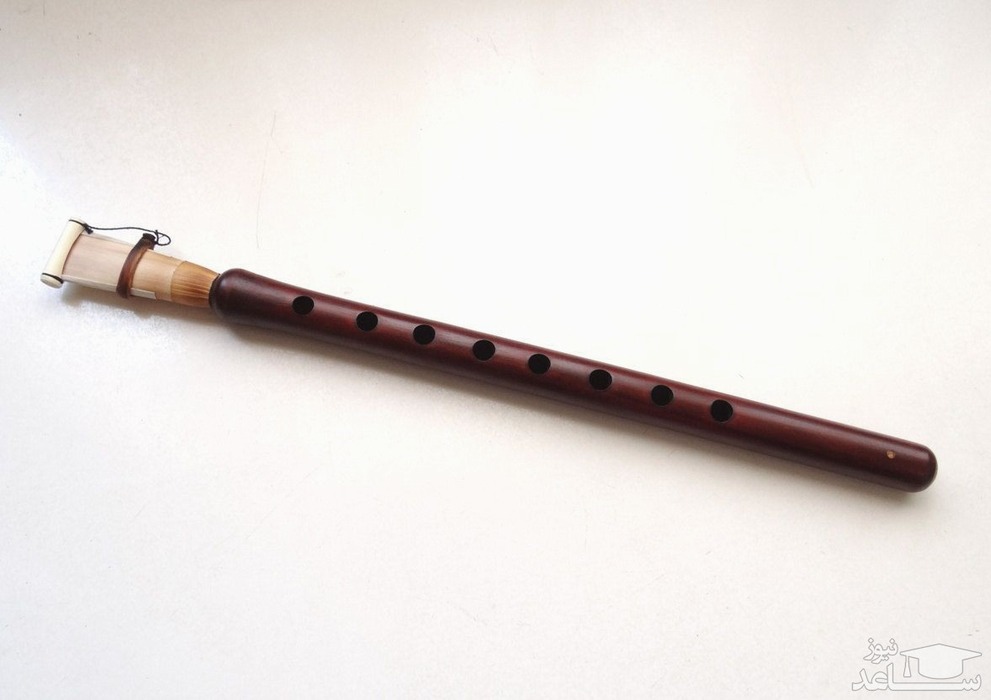
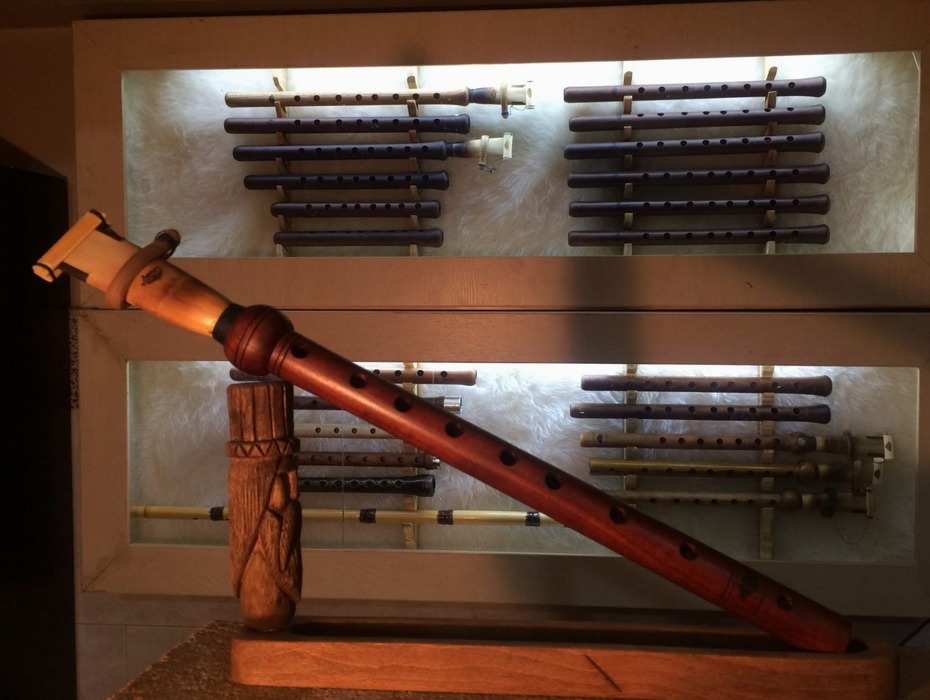





Choose blindless
Red blindless Green blindless Blue blindless Red hard to see Green hard to see Blue hard to see Monochrome Special MonochromeFont size change:
Change word spacing:
Change line height:
Change mouse type:
